-
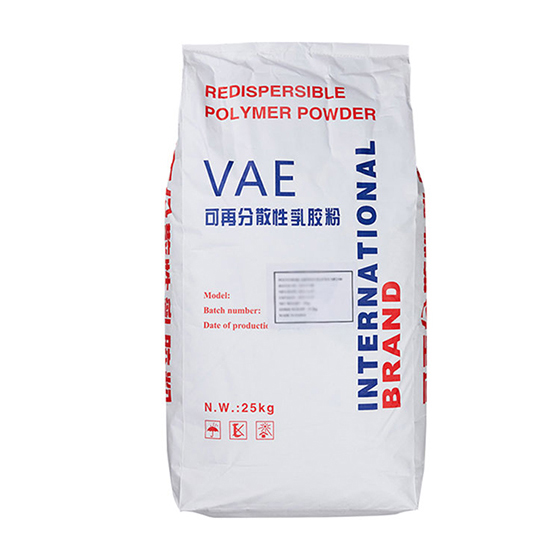
Redispersible Polymer Powder (RDP)
CAS: 24937-78-8
Redispersible Polymer Powder (RDP) is spray dried redispersible emulsion powder, designed for the construction industry to enhance the properties of dry mortar blends, able to Redispersible in water and react with hydrate product of cement / gypsum and stuffing, form composite membrane with good mechanics intensity.
Redispersible Polymer Powder RDP improves the important application properties of dry mortars, like longer opening time, better adhesion with difficult substrates, lower water consumption, better abrasion and impact resistance.
-

HEC YB 200000
EipponCell® HEC YB 200000 Hydroxyethyl cellulose ether exhibits robust thermal stability up to 140 ℃ and remains free from precipitation under acidic conditions. The aqueous solution of HEC manifests as a highly pseudoplastic fluid, with apparent viscosity decreasing in tandem with an increase in shear rate. Notably, the pseudoplasticity of low molecular weight solutions closely resembles that of Newtonian fluids, showcasing minimal viscosity changes within the pH range of 2-12, albeit experiencing a decrease beyond this range.
Impressively, HEC demonstrates exceptional salt tolerance in the presence of electrolytes, ensuring that high salt concentrations do not induce viscosity changes through precipitation or sedimentation residues. Moreover, HEC boasts a water retention capacity twice that of methyl cellulose (MC), coupled with effective flow regulation. Temperature dynamics also influence HEC’s behavior, with viscosity decreasing as the solution temperature rises and increasing as the temperature decreases. These diverse attributes underscore the versatility and reliability of HEC YB 200000 in various applications.
Where to buy Cas HECY YB 200000
-
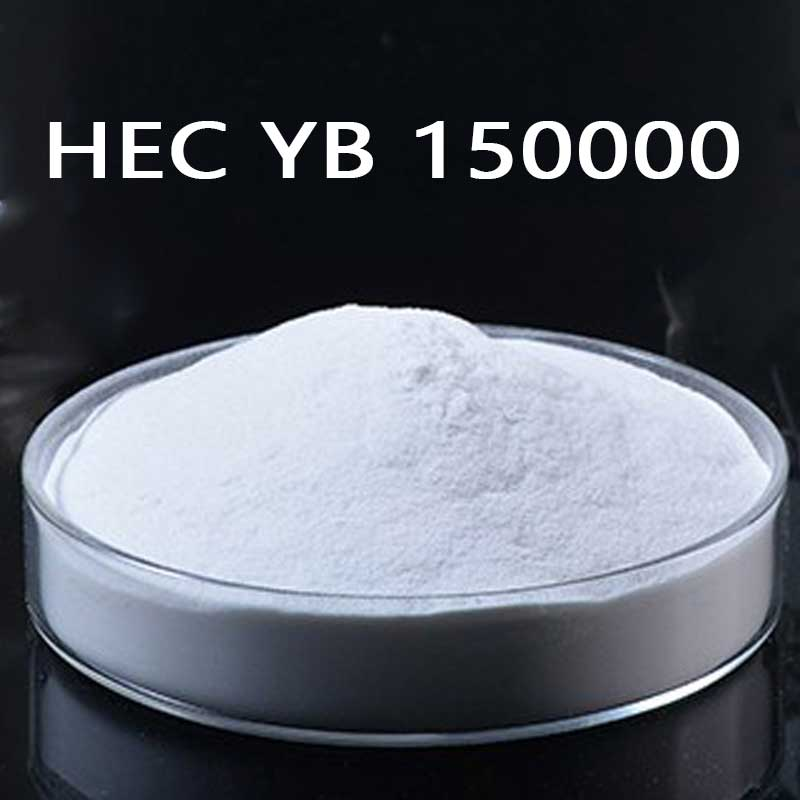
HEC YB 150000
The versatile application of EipponCell® HEC YB 150000 in the realm of skincare and daily-use products continues to expand. This cellulose ether is finding widespread use in an array of products such as detergents, liquid soaps, hair care shampoos, and hair creams. Furthermore, its presence is increasingly prevalent in nutritional lotions, fats, creams, lotions, and ointments.
In the capacity of a binder, HEC proves invaluable in fortifying binders against high-concentration ions, leading to a significant enhancement in the storage stability of pastes. This, in turn, extends the storage lifespan of various products, including toothpaste. Remarkably, toothpaste manufacturers can seamlessly incorporate HEC into high-salt toothpaste formulations with minimal impact on overall product cost. The versatility and cost-effectiveness of HEC make it a valuable ingredient in the formulation of a wide range of skincare and daily-use products.
Where to buy Cas HEC YB 150000
-
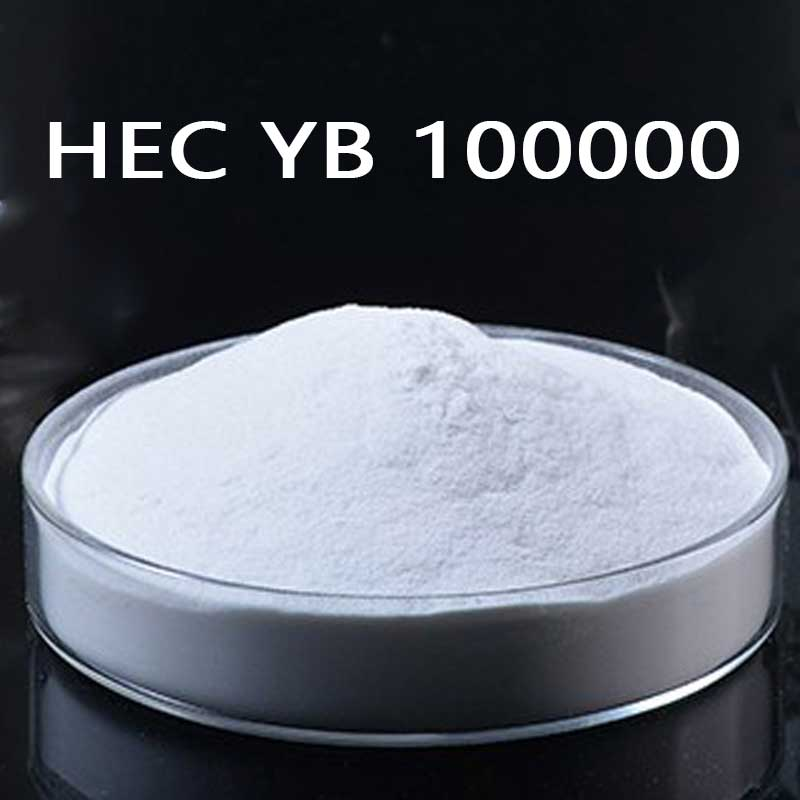
HEC YB 100000
EipponCell® HEC YB 100000 Hydroxyethyl cellulose, a widely employed non-ionic soluble cellulose ether, has found significant application in the paints and coatings industry.
When incorporated into latex paint, HEC brings several valuable benefits. Firstly, it enhances the workability of the paint, making it easier to apply. This leads to reduced splattering during brushing and rolling, resulting in a neater application process. The high water retention capacity of HEC plays a pivotal role in improving construction-leveling performance. It effectively minimizes brush marks and ensures the evenness of paint film formation.
HEC’s inclusion overcomes pigment flocculation issues, maximizing the pigment’s utility and ensuring uniform coloration. Its potent thickening properties enable the reduction of dosage, thereby reducing costs. The inherent storage stability of HEC also contributes to cost savings by eliminating the need for additional preservatives.
Furthermore, HEC imparts robust hiding power and scrub resistance to the latex paint, ensuring its longevity and durability. It also exhibits excellent thixotropy across various shear force ranges, further enhancing its versatility and usability in the paints and coatings industry.
Where to buy Cas HEC YB 100000
-

HEC YB 60000
EipponCell® HEC YB 60000 Hydroxyethyl cellulose emerges as a cellulose ether with rapid development and holds the promise of becoming a prominent player in the domestic market over the next few years.
Derived from cotton and wood through a process involving alkalization and ethylene oxide etherification, HEC stands as a non-ionic cellulose ether. Its non-ionic nature, characterized by a lack of interaction with positive and negative ions and excellent compatibility, endows it with remarkable versatility.
HEC finds application across a wide spectrum of industries, serving as a coating agent, binder, additive for cement and gypsum, thickener, suspending agent, pharmaceutical excipient, anti-fog agent, and more. It also plays critical roles in diverse fields, including oil well fracturing fluids, drilling treatment agents, fiber and paper sizing agents, wetting solutions, dispersants, film additives, ink enhancers, preservatives, scale inhibitors, cosmetics, toothpaste formulations, film casting agents, thermal recording paper, lubricants, sealants, gels, waterproofing agents, bactericides, bacterial culture media, and beyond.
Its extensive applications span industries such as coatings, petroleum, construction, daily chemicals, polymer polymerization, and textiles. The remarkable adaptability and multifaceted utility of HEC underscore its rapid development and its imminent prominence in the domestic market.
-
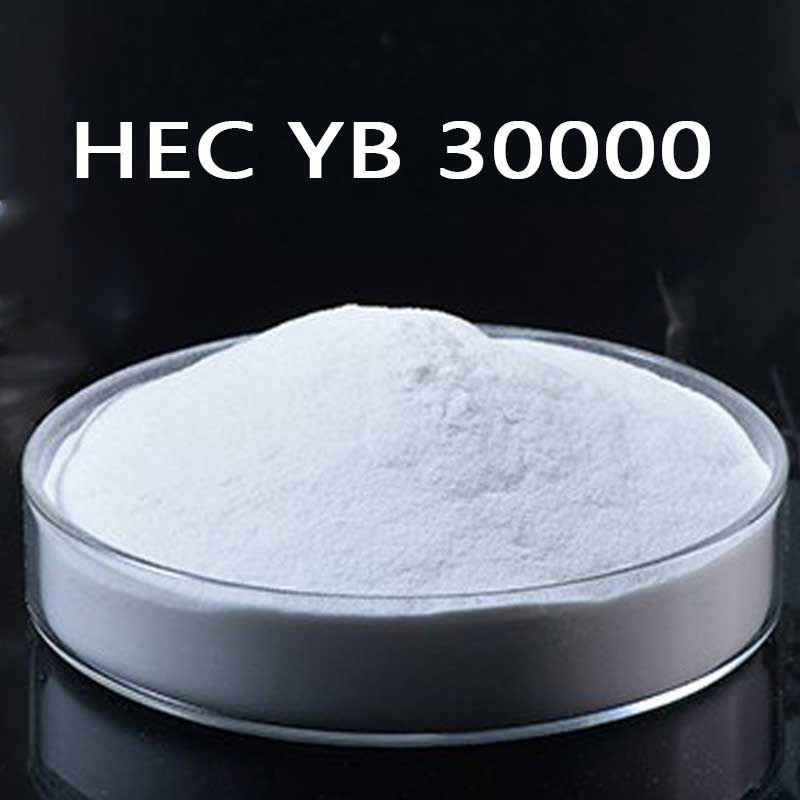
HEC YB 30000
EippponCell® HEC YB 30000 Hydroxyethyl cellulose stands out as a non-ionic cellulose ether, renowned for its superior attributes in various domains such as thickening, emulsification, film formation, protective colloids, moisture retention, adhesion, anti-allergic properties, and more. When compared to its ionic cellulose ether counterparts, HEC excels in these aspects.
The applications of HEC span a wide array of industries, including oilfield mining, latex coatings, polymer polymerization, construction materials, daily consumer products, food production, pharmaceuticals, papermaking, textile printing, and dyeing. As domestic urbanization in China continues to accelerate, the demand for HEC-based products is expected to witness consistent annual growth. Furthermore, the expansive rural regions in China offer additional opportunities for increased downstream product demand.
In this evolving landscape, the emphasis will undoubtedly shift towards improving product quality to remain competitive in a dynamic market. Increasingly stringent quality and cost-performance standards will be the order of the day. Looking ahead, product quality and brand recognition will emerge as the focal points of competition. Breaking through technical barriers and ensuring product stability will be pivotal in securing sustainable growth in the future market.
-

HEC YB 300
EipponCell® HEC YB 300 Hydroxyethyl cellulose plays a vital role as a conditioner, offering protection to the skin and hair cuticles. It forms a protective shield against both physical and chemical damage and irritation.
Furthermore, through cationic modification, hydroxyethyl cellulose undergoes a remarkable transformation. This alteration significantly enhances its light transmittance properties. To take this a step further, cationic hydroxypropylation of cellulose can boost light transmittance levels. In fact, when the proportion of hydroxyethyl cellulose treated with propylene oxide reaches 30%, the transmittance surges to an impressive level, surpassing the 90% mark. This development has significant implications for products aimed at skin and hair care, enhancing their visual appeal and effectiveness.
-

HEMC LH 6200MS
EipponCell® HEMC LH 6200MS hydroxyethyl methylcellulose products are specifically tailored to serve as a dispersant in the process of polyvinyl chloride suspension polymerization. This specialized application yields a high-quality polyvinyl chloride resin with exceptional attributes.
The manufacturing process involves a two-step synthesis, employing sodium hydroxide as a swelling agent, while methyl chloride and ethylene oxide act as etherifying agents. This precise synthesis approach results in a product that significantly enhances various aspects of monoether performance, including chemical stability, dispersion capabilities, and thermal gelation temperature.
The composition of this product includes a methoxyl content ranging from 27% to 30%, alongside a hydroxyethyl content spanning from 4% to 9%. These specifications make it an ideal candidate for advancing the comprehensive processing of cotton and achieving superior outcomes.
Where to buy Cas HEMC LH 6200MS
-
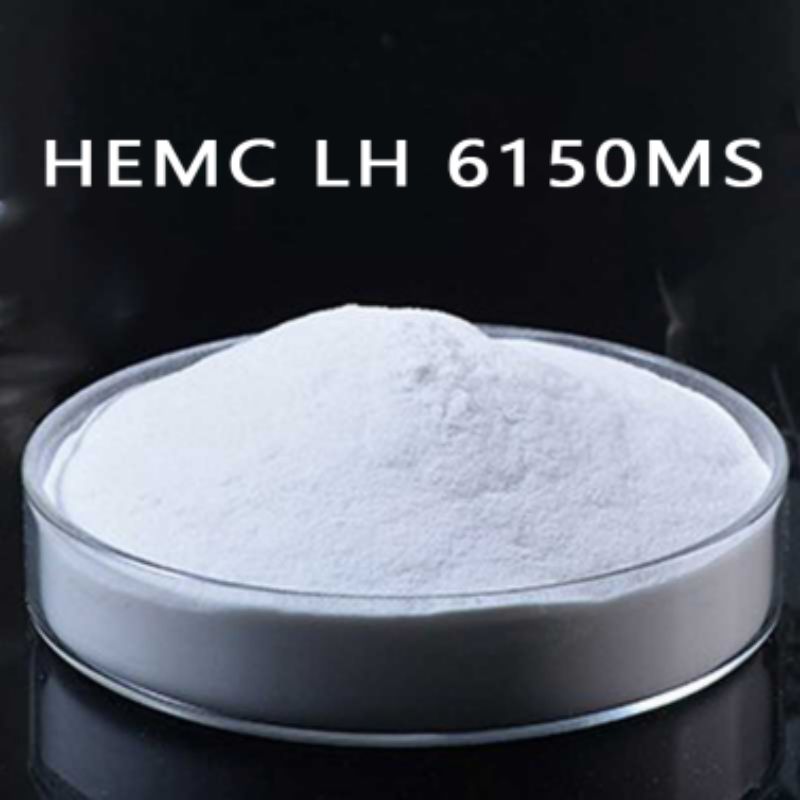
HEMC LH 6150MS
EipponCell® HEMC LH 6150MS hydroxyethyl methylcellulose serves as a valuable component in the formulation of edible films, including capsule shells and food coatings. However, a challenge arises due to its propensity for heat-induced gelation. This characteristic results in lower viscosity at lower temperatures, which can hinder the coating and processing procedures, leading to suboptimal performance and substantial energy wastage.
-
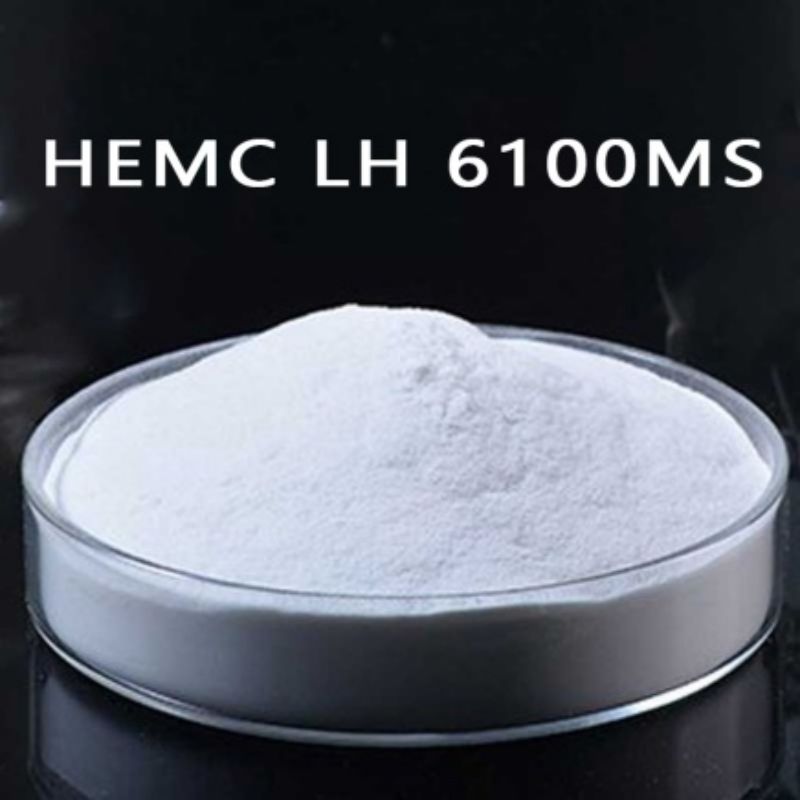
HEMC LH 6100MS
EipponCell® HEMC LH 6100MS hydroxyethyl methyl cellulose stands out as the most extensively employed product within the cellulose ether category. These products are synthesized through a chemical reaction involving the hydroxyl group on the cellulose chain’s anhydroglucose unit and the etherification agent, ethylene oxide. When dissolved in water, HEMC LH 6100MS generates a non-Newtonian fluid, characterized by its viscosity’s sensitivity to shear rate rather than time. Notably, this viscosity undergoes rapid augmentation as the solution’s concentration increases. As a result, HEMC LH 6100MS finds widespread application as a highly effective thickener and rheological additive across various industries.
-

HEMC LH 6200M
Within hydroxyethyl methyl cellulose, the inclusion of methoxy groups serves to lower the surface energy of aqueous solutions containing this compound. Consequently, hydroxyethyl methyl cellulose imparts an air-entraining effect when used in cement mortar. This effect introduces controlled air bubbles into the mortar, a phenomenon akin to the “ball effect,” which in turn enhances the workability of the mortar during construction. Simultaneously, the introduction of these air bubbles can boost the mortar’s yield. However, it’s imperative to exercise restraint in managing the degree of air entrainment, as an excessive amount can adversely impact mortar strength.
Notably, hydroxyethyl methyl cellulose possesses the capability to prolong the setting process of cement. While this delay extends the setting and hardening of cement, consequently elongating the open time of mortar, it may not be ideal for mortar applications in colder regions.
As a high-molecular-weight polymer substance, hydroxyethyl methylcellulose, when added to cement systems while preserving adequate moisture in the mixture, significantly enhances bonding performance with the substrate.
Where to buy Cas HEMC LH 6200M
-

HEMC LH 6150M
The prominence of EipponCell® HEMC LH 6150M hydroxyethyl methylcellulose, a distinguished cellulose ether, has been steadily growing within the construction sector in recent years. Its ascent is attributed to its exceptional performance in the realm of building materials, coupled with its remarkable efficiency through minimal usage.
HEMC emerges as a versatile asset, serving as a retarder, water retention enhancer, thickening agent, and binding force. Within the landscape of ordinary dry-mixed mortar, exterior wall insulation mortar, self-leveling compounds, tile adhesives, internal and external wall putties, and sealing agents, HEMC assumes a pivotal role. Its significance reverberates across multiple dimensions of the mortar system, impacting water retention, hydration levels, construction ease, cohesiveness, and retarding effects. The choice of hydroxyethyl methylcellulose variant is carefully tailored to the unique characteristics of each mortar system, thereby optimizing its influence.
Where to buy Cas HEMC LH 6150M

